Are you thinking of developing your first interactive touchscreen experience?
As interactive technology becomes increasingly important in creating customer experiences and with more and more of your competitors embracing the experience economy, you may be wondering if it’s time to elevate your customers’ experience.
“The next competitive battleground for leading-edge companies, whether they sell to consumers or businesses, will be in creating experiences. We are now in an experience economy.“
The Harvard Business Review
It could be for an upcoming tradeshow or event, or a way to bring your products, services and brand to life for potential new customers in the boardroom. Perhaps you’re looking to establish an innovative, forward-thinking brand presence for visitors to your head office whilst simultaneously streamlining your corporate communications.
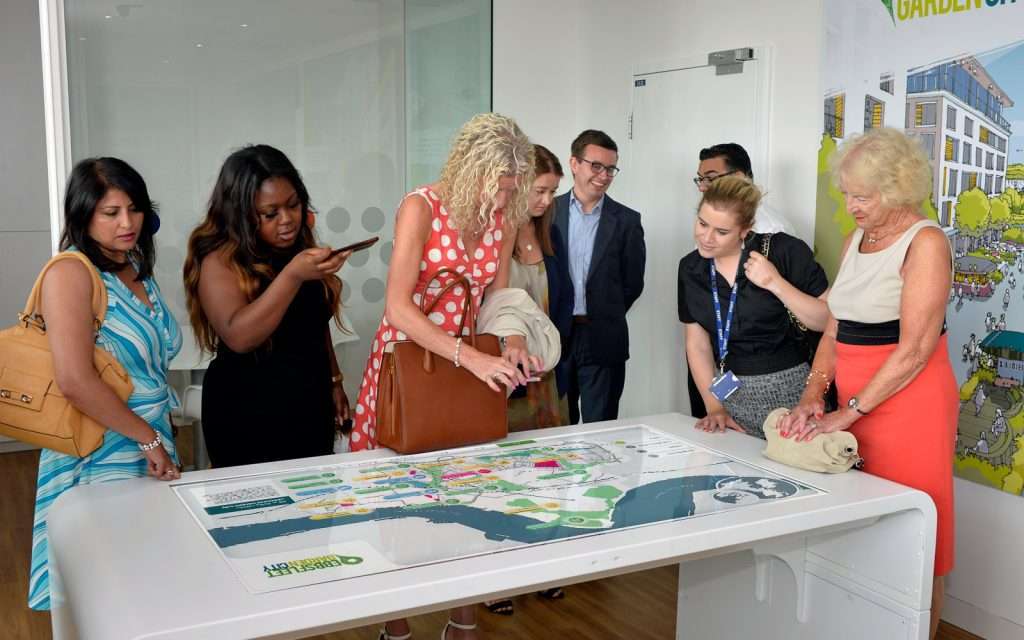
Whatever you’re looking to do, there’s the technology and interactive solutions out there to create whatever you can imagine. Just bear in mind that it’s about so much more than just technology and large screens… You also need to think about the experience you want your customers to have and your business goals and how an interactive experience will help you address these questions.
As a creative technology business who specialise in creating unique and engaging interactive experiences, we’re used to guiding our own clients in finding exactly what they’re looking for in an interactive experience – but if it’s your first time, it can be tough knowing where to start and what you should be thinking about.
Which is why we’ve outlined some key steps to go through when thinking about developing an interactive experience for your business.
Related Reading: 10 Best Real-Life Examples of Interactive Touchscreen Experiences
1. Why do you need an interactive touchscreen experience?
In other words, what are you hoping an interactive touchscreen experience is going to help you with? Is there a problem it can help you solve? The first thing to do is to get some key decision makers together and talk about the issues an interactive solution could fix – along with the potential gains. If it’s going to be used as a potential sales tool, then it’s really important you get the people who will be using the interactive involved to understand how it can help support them when talking to customers.
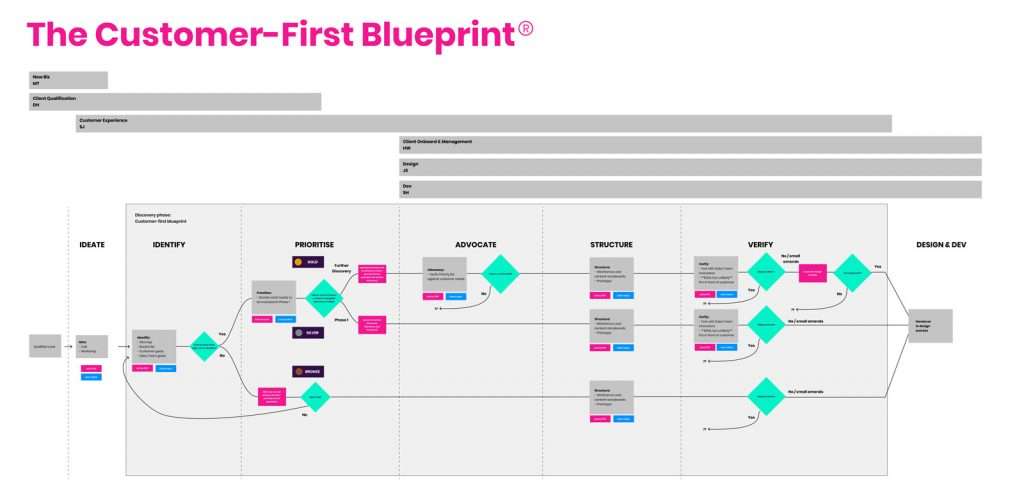
A staggering 91% of B2B buyers say they now prefer to consume interactive and visual content, as opposed to static content, according to DemandGen Report. But the differences between B2B and B2C audiences are becoming harder to see in this respect.
I cannot tell you the times we’ve worked with a client who has a very clear view of what is required, only for the whole project to be delayed because the actual people to use the interactive haven’t been brought in at the beginning and have a very different viewpoint on how it will be used.
Another reason for looking at an interactive touchscreen experience is that you’re not getting much interest from using the same old printed brochures and signage at events and need something impressive like an interactive touchscreen experience that’s going to attract and keep people on your stand.
Maybe you need access to a huge wealth of valuable content that sales teams can access at events with customers and you need a full proof and immersive way of accessing this information.
It could be that none of these options are right for you, and your own struggle is ensuring enough visitors are interested in your museum, gallery or archive. Maybe they feel that one visit is enough to have seen everything there is to see.
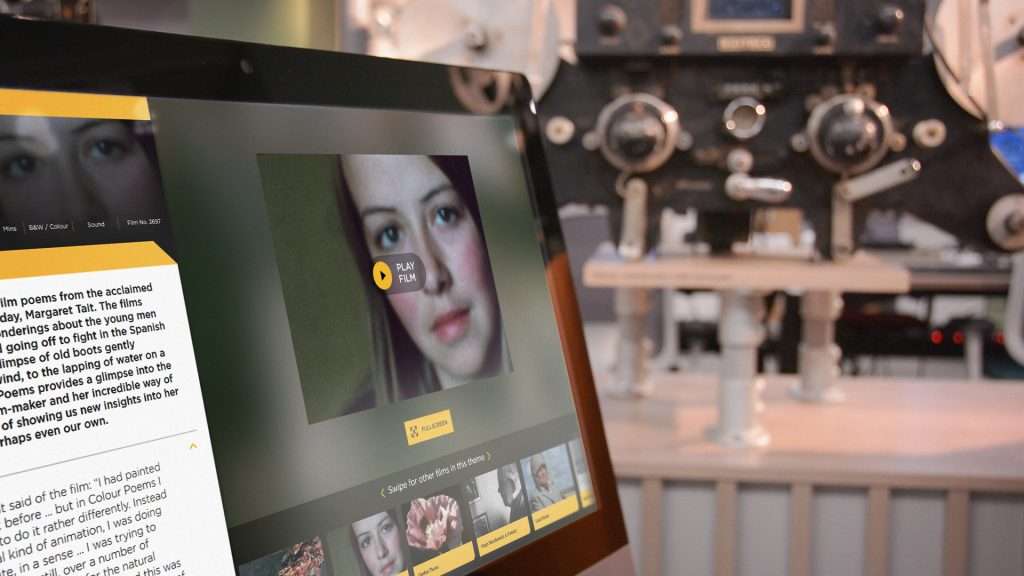
So, highlight the issues you’re facing and work out if an interactive experience could help. After all, you shouldn’t just create an interactive for the sake of it as it can be a costly and time-consuming process.
2. Establish goals
Okay, so now you’ve established your business objectives for needing an interactive touchscreen experience, it’s time to set some solid goals.
Maybe at that big trade show, you’ll want to know what people are interacting with to get valuable insights into how to frame future content or marketing offers. It could be that you want to capture their contact details for lead generation in return for something they want – like useful content they can email themselves.
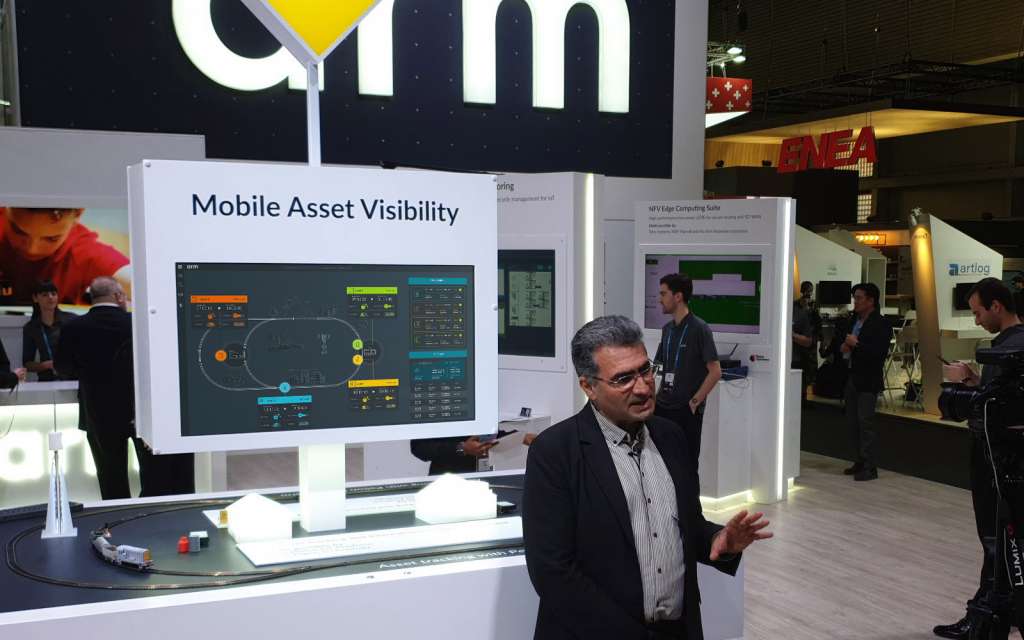
Perhaps you’re looking for a way to get visitors engaged with your gallery, archives or museum and want to ensure that you’re going to get people coming back for more, in which case an interactive can provide levels of detail and access to a vast array of information to encourage people to come back for more.
Or maybe it’s time to scrap your old presentation for something that’s really going to have the ‘WOW’ factor when you next meet with potential clients – something that’s interactive, customer-centric, persuasive and engaging! In which case, the potential ROI could be significant.
Whatever you’re looking to achieve, set some S.M.A.R.T goals:
- Specific
- Measurable
- Attainable
- Relevant
- Timely
This will help you get a much better idea of how you’re going to set in place the right methods or technology to achieve them.
TIP: When it comes to getting all of your ideas together, it’s also important to align your goals with those of your customers. After all, this experience is aimed at them.
- Who are they?
- What will they want to get out of this experience?
- How do they like to interact with technology?
It’s really important you don’t skip this part!
3. Explore all the options
Once you have a better idea of what you want to achieve with an interactive touchscreen experience, it’s time to take a good look at all of your options. What might be the best way to achieve your goals?
At this stage in the process, try not to focus on one particular piece of technology, but take the opportunity to be creative, explore ideas and get a better idea of the kind of experience you want to create with your interactive.
For example, will it be immersive with a surrounding space that’s guaranteed to attract a attention? Do you want the experience to be connected to the physical world so picking up an object triggers an action on the touchscreen or does it need to work with other interactive content you may have?
Will users be able to interact on their own or would it be better being a guided experience where a salesperson or other team member uses the experience with the customer?
Maybe the interactive will mainly be an information portal which gives users access to all your valuable content.
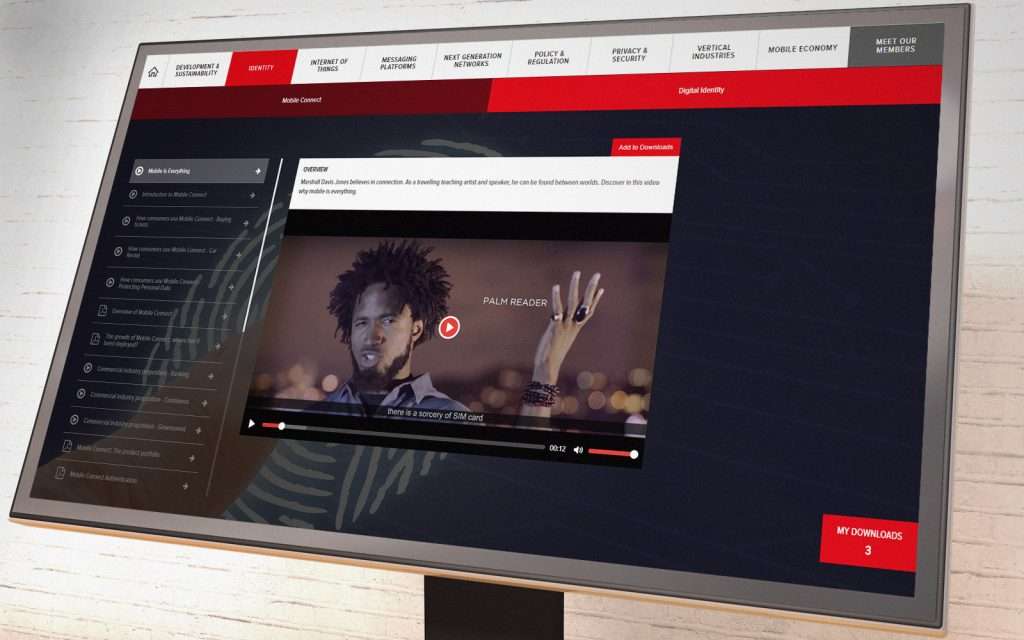
The interactive experience we created for the GSMA gave their customers access to hundreds of the latest documents, videos and resources which they could instantly email to themselves.
Would creating a gamified experience have the right impact and leave the right impression?
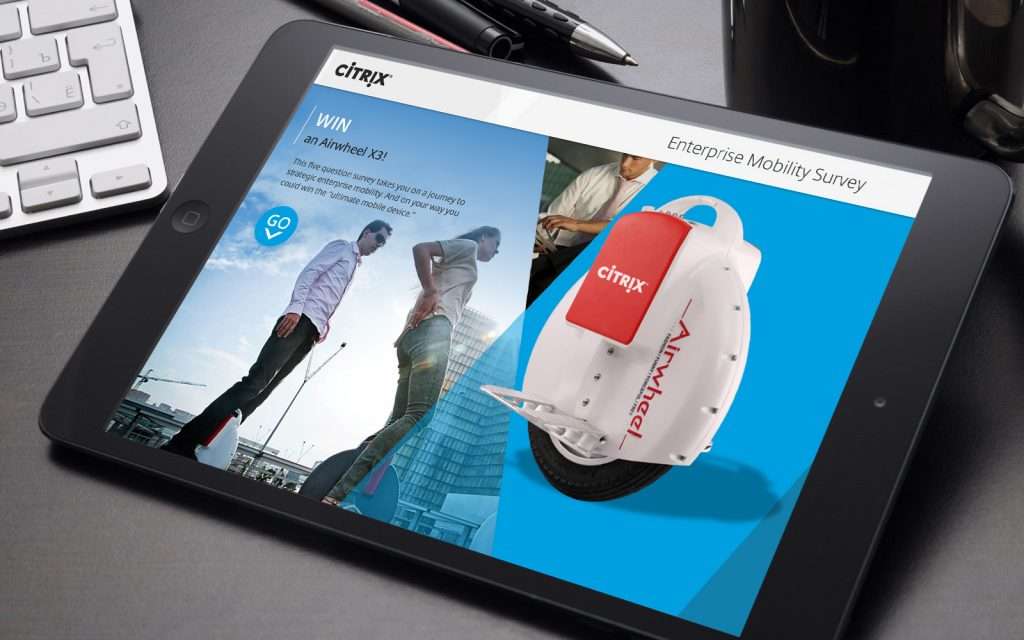
An interactive experience for Citrix that customers could win an Airwheel through
These days, with so many innovative technologies, the sky’s the limit – so don’t put any limitations on your project in the early stages.
4. Put together a budget
By now, you should be starting to form a better idea of what you’re looking to achieve from your interactive experience – and if you’ve also got all the right people on board, it’s probably time to start looking at an initial budget.
Hopefully, the potential benefits of your interactive touchscreen experience are enough to have everyone convinced that it’s the right way forward and that you’re going to get a good ROI from the project – which means bearing those benefits in mind when setting a realistic budget.
It’s all too easy to just look at the price of hardware and discredit spending much more on the experience itself – but, in reality, the experience is the most important part of the project. Without clear goals and a considered user experience, no amount of shiny screens is going to make a difference.
An effective touchscreen experience is an investment as the cost to develop the experience alone will probably start at around £6,500 and that does not include the hardware.
TIP: Find out how much an interactive touchscreen experience should cost to get a better idea of how much other companies are roughly spending on interactive experiences.
5. Approach some design agencies
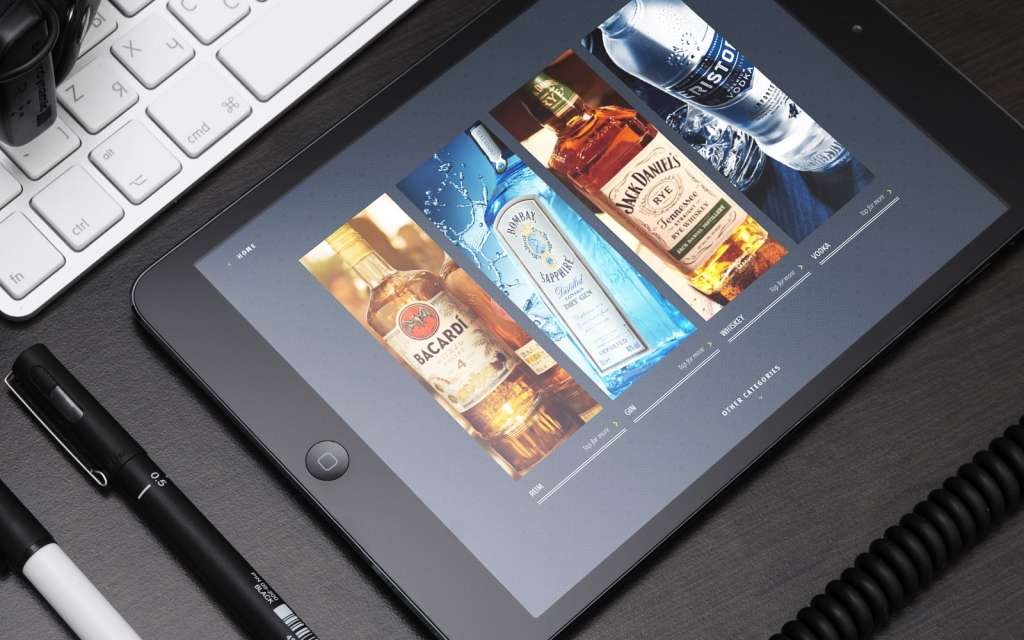
Are you ready to take this to the next level? In that case, it’s finally time to bite the bullet and engage with some interactive design agencies. The reason for this is that a knowledgeable agency will be able to provide a load of invaluable advice and help with establishing your goals and matching those with your target users to create an effective experience. Whoever you decide to contact though, ensure you ask them plenty of questions, such as:
- What experience do they have in developing interactive solutions for businesses?
- Do they specialise in developing experiences rather than just hardware supply?
- Can they also provide you with hardware, or will you have to go elsewhere?
- Will your interactive touchscreen experience be bespoke to your brand?
- Can your interactive content be updated in the future? (If you need it to be)
- What are the steps they’ll go through to create your touchscreen experience?
- What will they need from you in order to deliver the end result?
- Do they have the necessary in-house design and user experience (UX) skills?
- How much can you roughly expect to spend on your touchscreen solution?
- Roughly how long can it take to develop your touchscreen experience?
We’ve already answered a lot of the above questions on our blog, because we know it’s important that our clients get a better idea of what to expect before they take the plunge with developing a touchscreen experience. But that’s only one side of the coin.
You also need to ensure they ask YOU all the right questions, so they can quickly get a good sense of what you’re trying to achieve, what your goals are, and why you need an interactive experience in the first place. This should give them a better idea of how they might be able to help you, as well as telling you more about what’s possible for your budget and timescales.
TIP: Before you get started, find out how to find the best interactive touchscreen display developer for your project.
Your next steps
Take your time. There’s so much more to think about when creating an interactive touchscreen experience your customers are going to love – and it can feel quite daunting!
Do your research, and see what, if anything, inspires you – we also recommend checking out our step-by-step guide to getting started with an interactive touchscreen experience, which has some other key considerations – hardware vs software, for example.
Even if you’re not quite ready to formally approach an interactive design agency just yet, it might still be a good idea to call one up just to get some free, impartial advice. They’ll all have slightly different processes, but they should be able to talk you through all the vital considerations you need to factor into your interactive experience!
In summary
If it’s your first time delving into the world of interactives and you’re wondering where to start, we really hope this blog has given you some key pointers – or has at least included some helpful links that’ll give you a better idea of what to expect!
Don’t worry, the right interactive design agency or specialist should be happy to guide you every step of the way until you have something that a) you’re proud of and b) will help you achieve your business goals.
Just don’t get too caught up in the hardware side of things; it’s the experience that’s the real heart of your interactive. Choose a developer or agency who are experienced and who specialise in creating truly memorable and engaging experiences.
Would you like to know more about creating a touchscreen experience your customers will love? Simply download the eBook or get in touch today on +44 (0)117 329 1712 or hello@popcomms.com. We’d love to hear from you!
Download guide
Check your email to find your guide.
Related Posts
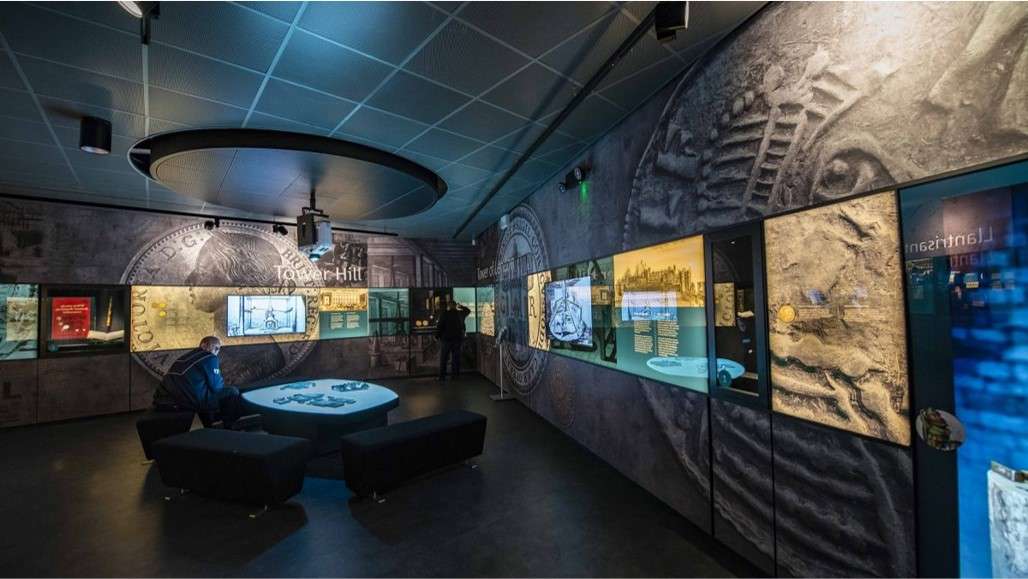
7 Ways to Stand Out in the Experience Economy
Read
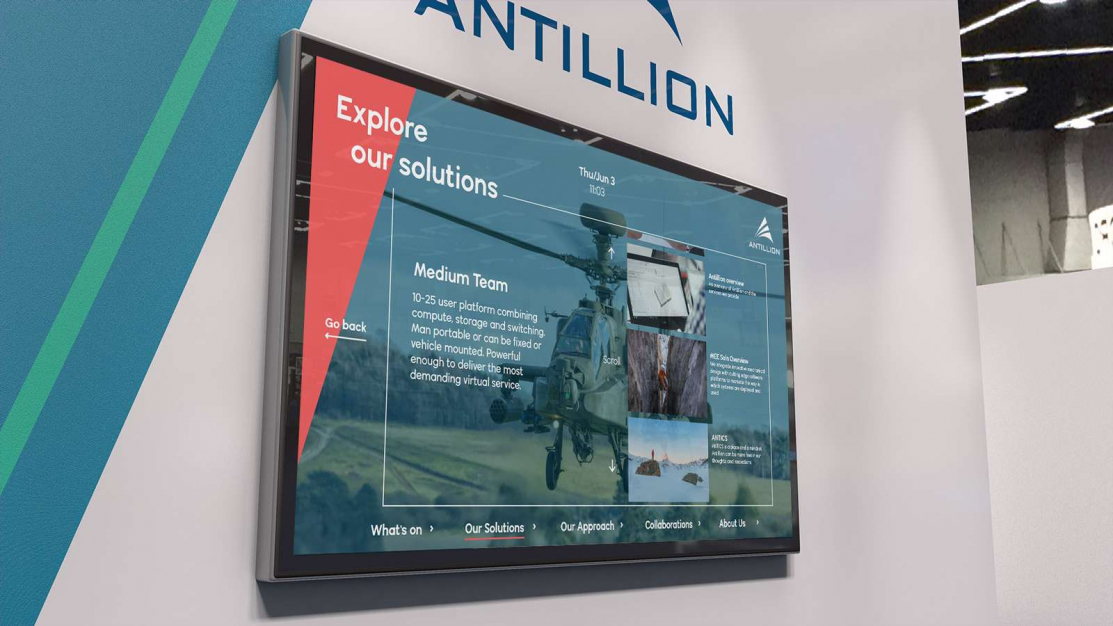
7 Things to Know Before Choosing an Interactive Touchscreen Display for Your Business
Read
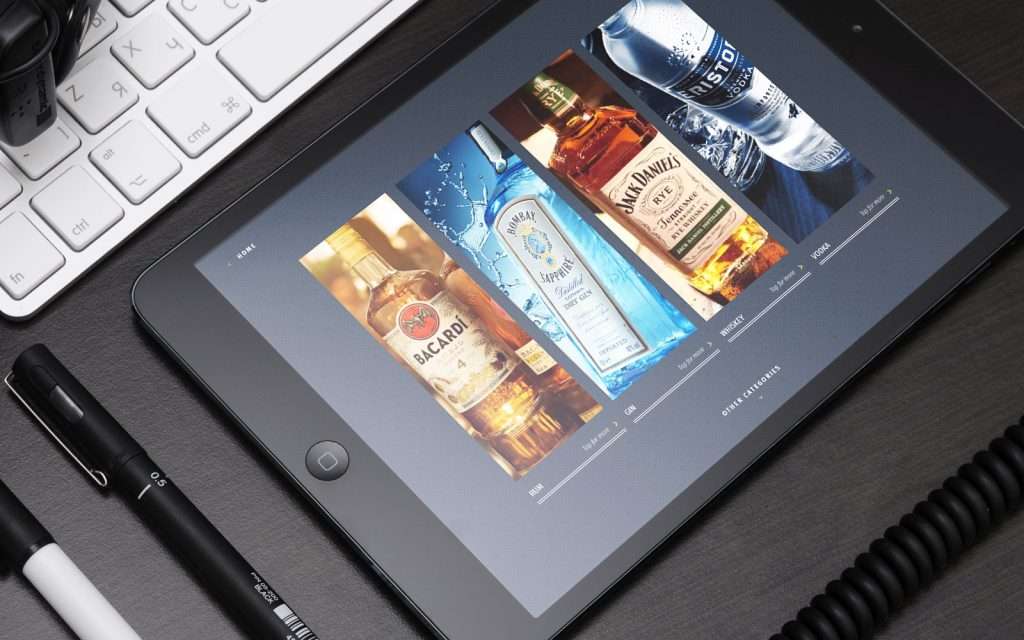
Why Interactive Touchscreens Are So Effective for Retail
Read
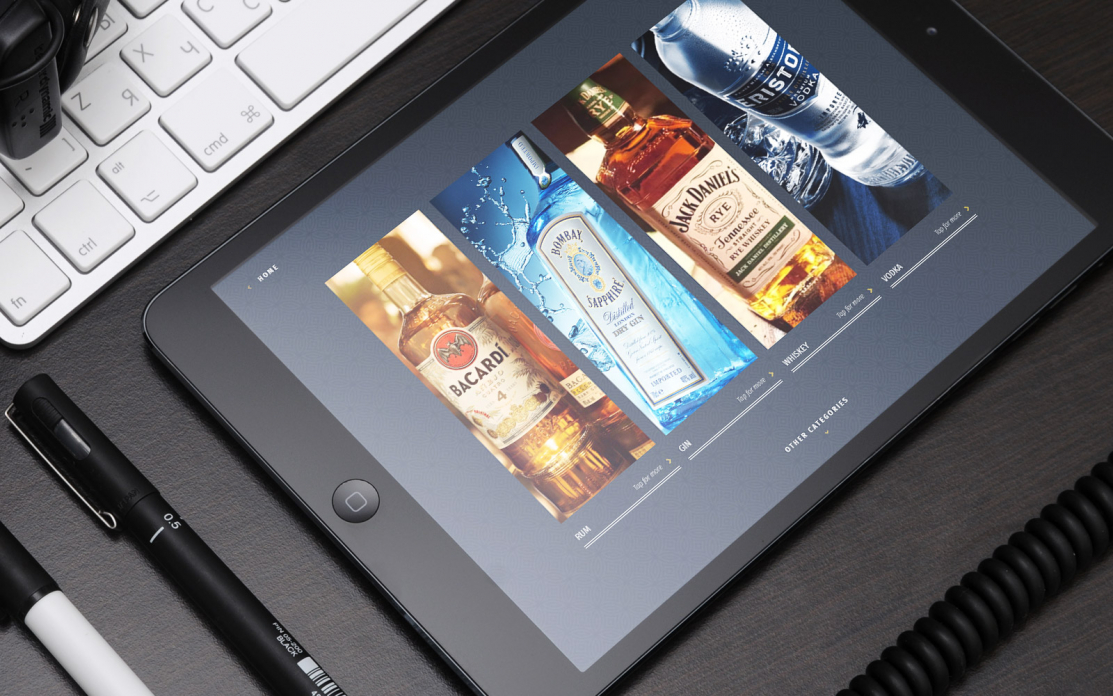
Digital Transformation: Bolster Sales & Marketing in the COVID-19 World & Future
Read